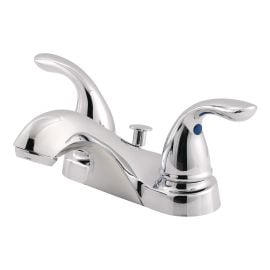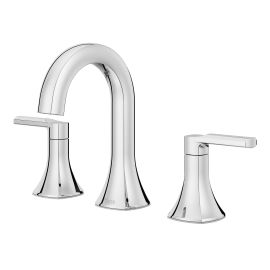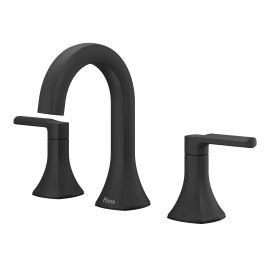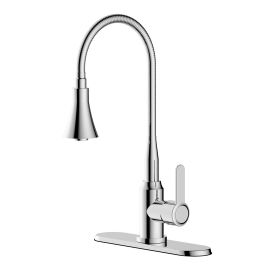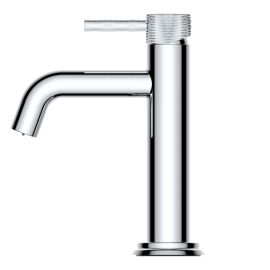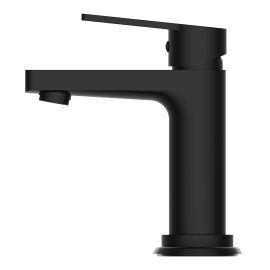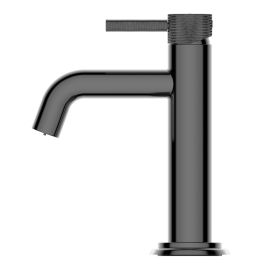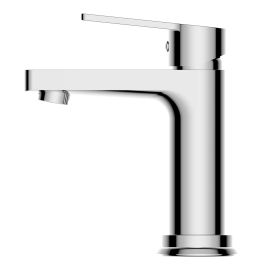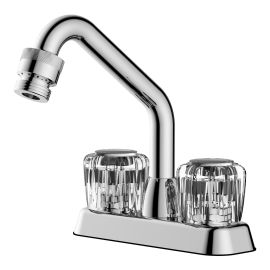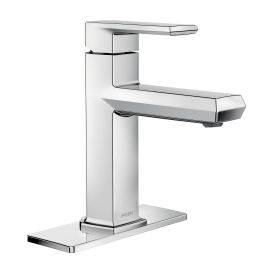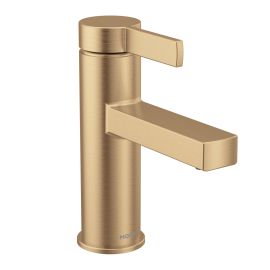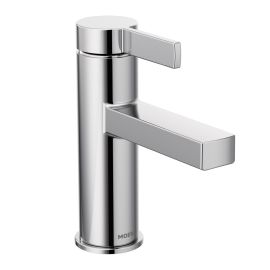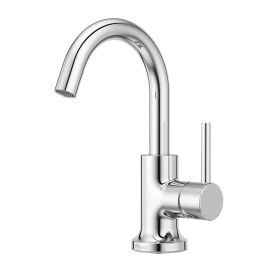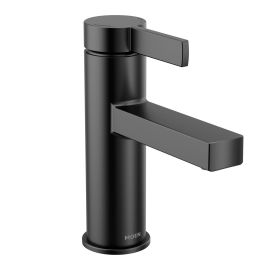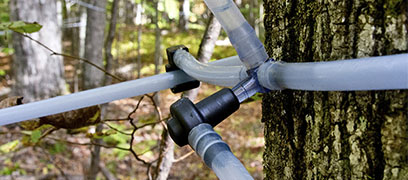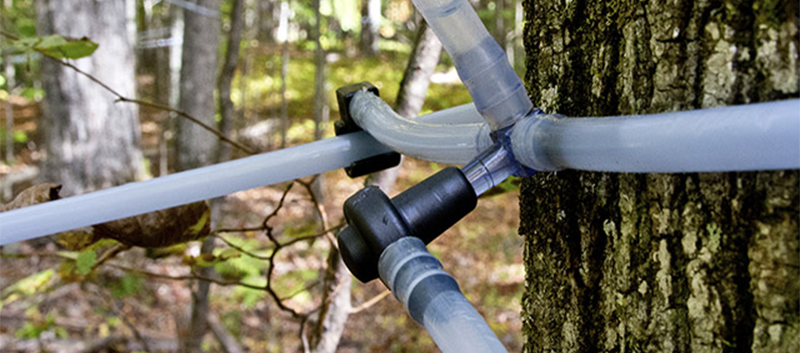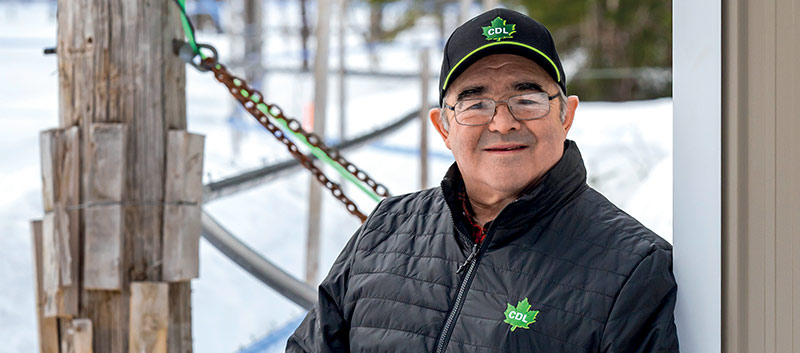Many maple syrup lovers want to produce their own syrup at home, just for fun. Interested in getting started? This article will demystify the main steps involved in maple syrup production, providing you with great tips and the products you’ll need to harvest maple sap and turn it into delicious syrup.
When is sugaring season?
Sugaring season varies from year to year and also depends on the geographic region where your taps are located. Generally, the season runs from mid-March to mid-April and lasts about three weeks.
We recommend that you prepare to harvest your maple sap in February and monitor the weather until conditions are ideal for the sap to start flowing. For the sap to flow, the temperature must drop below freezing at night and rise above freezing during the day.
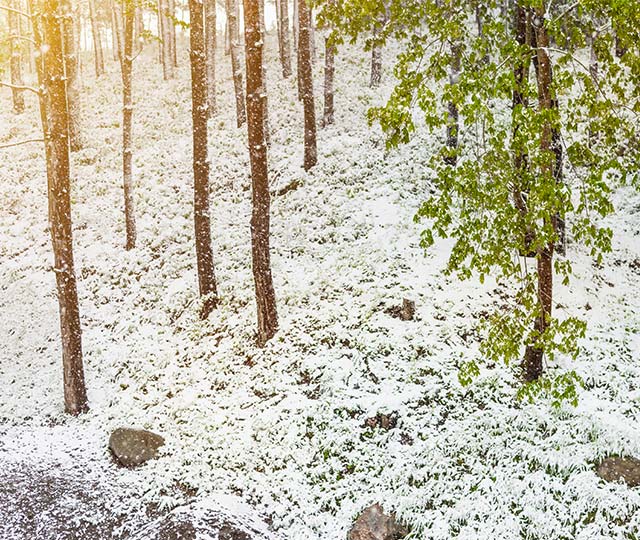

Step 1 : Tapping trees
In January and February, you will need to tap the trees and insert spouts. Each tree can take one to three taps, depending on its size.
Material required for tapping
- Drill
- Drill holster hook (optional)
- Tapping bit (iron or wood bits are not recommended)
- Wooden or metal tapping hammer
- Bucket spout
- Bucket and lid
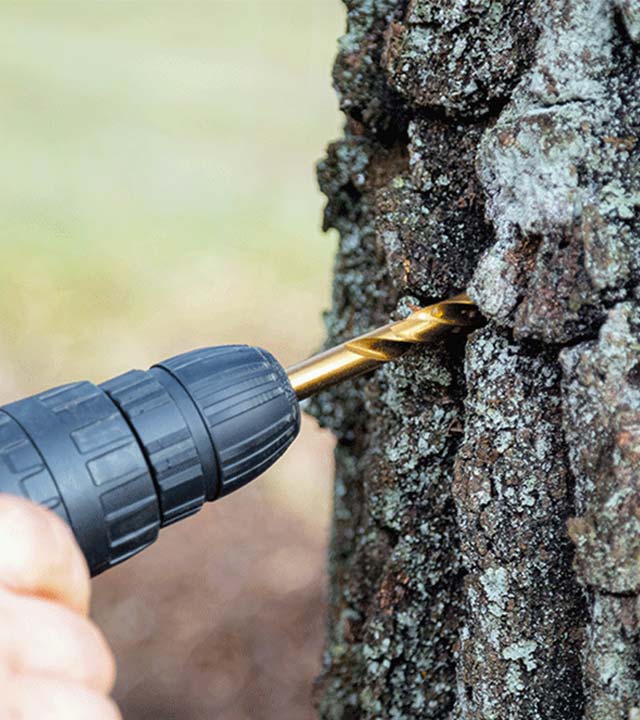
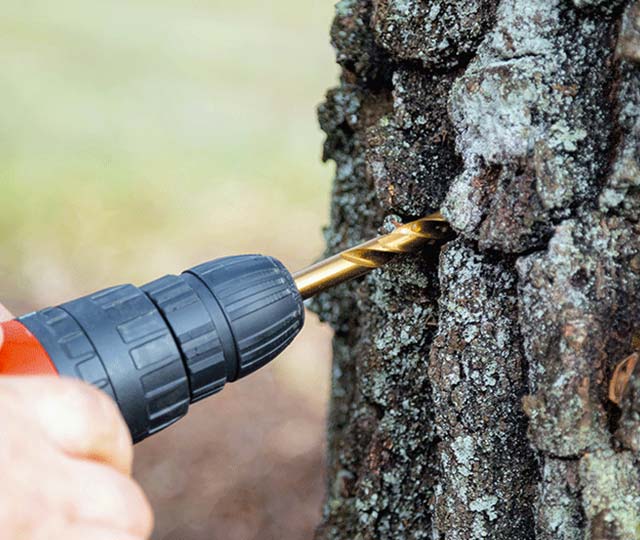
How to tap with buckets
When tapping, be sure to place your tap in a healthy part of the tree. The tree must be at least 10 in. (25 cm) in diameter at chest height. Start by carefully removing any excess bark. The taphole for inserting the spout must be 1¾ in. (4.5 cm) deep and sloped slightly downward (about 5 degrees) to allow the sap to flow into the bucket. Blow into the taphole to remove any wood shavings.
Then, carefully insert the spout into the hole. Using a lightweight wooden or metal tapping hammer, gently tap the spout several times. Stop tapping when you hear a different sound. Tapping too hard can cause the taphole to split. It’s better to have to tap the spout again when the sap first starts to flow than to tap too hard. Hang your bucket on the hook and secure the lid with the pin provided. Pull the pin and insert it into the small hole above the spout.
Repeat these steps for each tree that you wish to tap. Note that you’ll need an average of 40 litres of maple sap to produce one litre of syrup.
Step 2 : Harvesting maple sap
Sap must be harvested whenever a bucket is full, which is almost every day. Pour the sap that collects in the buckets into large plastic containers and transport it to where you intend to boil it.
Be sure to process the sap into syrup within a few days to prevent the development of bacteria. Maple sap tends to spoil more quickly as the season progresses.
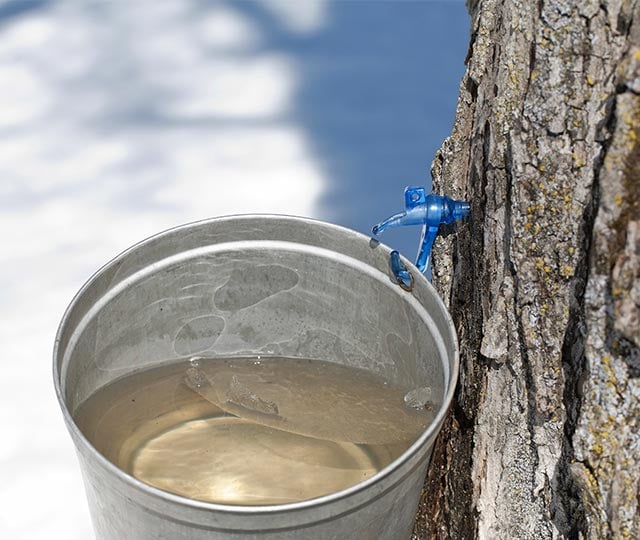

Step 3 : Concentrating maple sap
This step is optional, but will save you time and energy.
There are now easy-to-use concentrator models that can reduce the boiling time two- or threefold, while saving on fuel. The concentrator uses mechanical pumps to force the sap through the system under high pressure, filtering out some of the pure water contained in the sap. You’re left with sap that has a higher sugar content, which reduces the evaporation time.
Material required
- Nano RO or Nano RO Max concentrator
- 5 sap cartridges (10 in., 5 microns)
- Membrane soap for cleaning
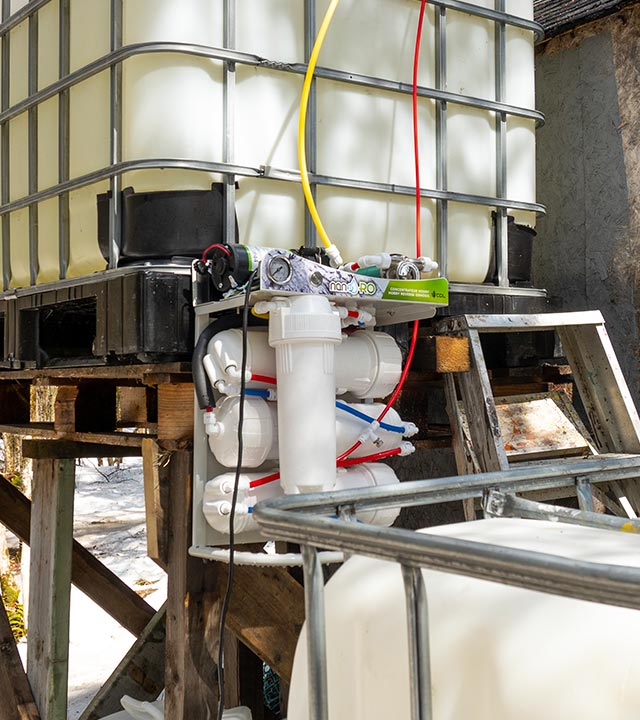
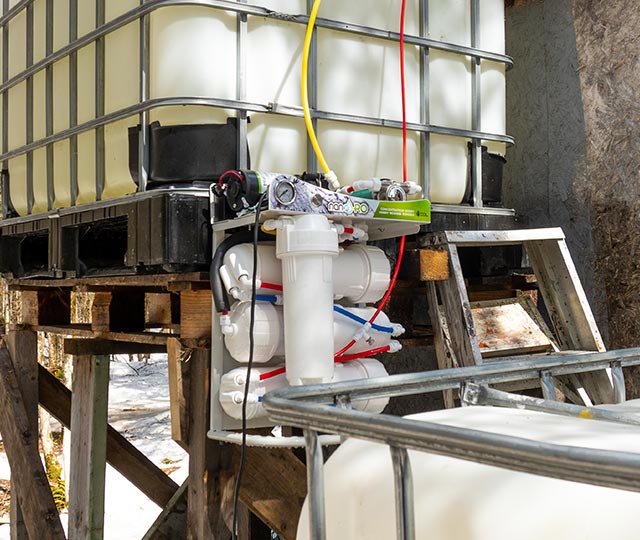
Step 4 : Evaporating maple sap
The evaporation stage involves heating the sap and processing its components, such as minerals, amino acids and vitamins, into maple syrup. The sap can be heated on a cookstove or camp stove, or you can use an evaporator.
To produce maple syrup, the sap must reach a temperature of 104 °C (219 °F) and have a sugar content of 66% (66° Brix). It’s important to check the Brix of the syrup using a hydrotherm, a hydrometer or a refractometer. If the syrup is too thin, it will ferment in the containers. Conversely, if it’s too thick, crystals will form at the bottom of the container (which isn’t a serious problem).
Interested in an evaporator? Contact our technical team for advice on the right product.
Material required
- Evaporator or a camp stove kit with a pot
- Fire bricks for the evaporator, for Hobby and Hobby Pro models
- Hydrotherm for maple syrup
- Thermometer
- Syrup ladle
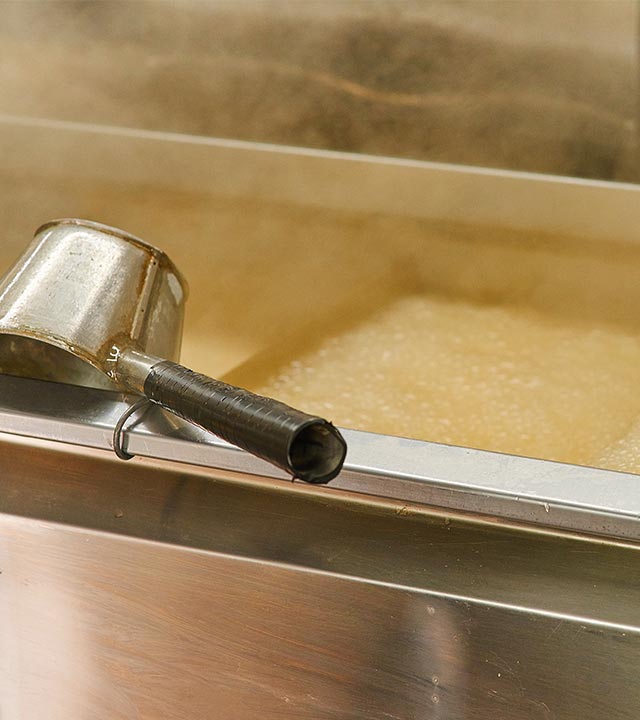
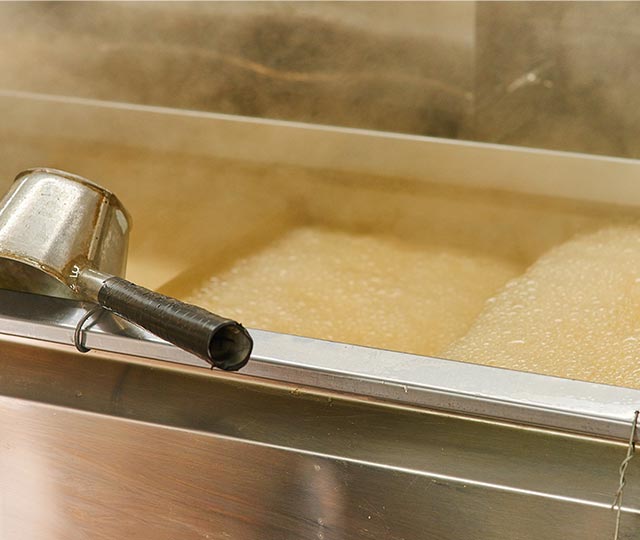
Step 5 : Storing maple syrup
If you don’t plan to use your maple syrup right away, store it away from light and oxygen. There are several packaging options available. You can store your syrup in plastic jugs or bottles, glass bottles or tin cans.
Here are a few basic rules to ensure that your syrup is stored properly:
- Make sure that the inside of your containers are clean. If necessary, rinse the containers with boiling water.
- The temperature of the syrup must be 85 °C (185 °F) when it is poured into the containers to ensure that they are completely sterilized. If the syrup is not poured into the containers at the boiling stage, reheat the syrup, ensuring that it reaches but does not exceed 85 °C (185 °F) before pouring it into the containers.
- Once the containers are sealed, turn them upside down or on their side for a few minutes to ensure that the inside of the lids are sterilized. This step also allows you to check that the containers are properly sealed.
- Now, the syrup must be cooled as quickly as possible. Leave the containers in your work area with space between them or immerse them in a cold water bath.
- Store the containers in a cool place.
Transformer son sirop d'érable
Le sirop d’érable peut être transformé en plusieurs produits, notamment du beurre, du sucre, des bonbons mous ou durs, tous faits à partir de sirop d’érable pur et naturel à 100 %.
Voici quelques procédures faciles à suivre, étape par étape, pour réaliser le tout simplement. Amusez-vous!
- Comment faire son beurre d'érable
- Comment faire des bonbons durs à l'érable
- Comment faire de la gelée d'érable
- Comment faire de la tire d'érable


Les essentiels pour transformer son sirop d'érable
End-of-season cleaning
At the end of the season, it’s important to clean your equipment to prevent contamination and bacterial growth.
To clean your evaporator, soak the pans in the recommended amount of evaporator cleaner or glacial acetic acid and rinse thoroughly. Always wear gloves and safety glasses when handling cleaning products.
Store the pans upside down under a tarp or sheet to keep out dust.
Clean the buckets in hot water with a bucket brush.
Material required
- Evaporator cleaner
- Glacial acetic acid
- Gloves
- Safety glasses
- Bucket brush
- Interior channel brush
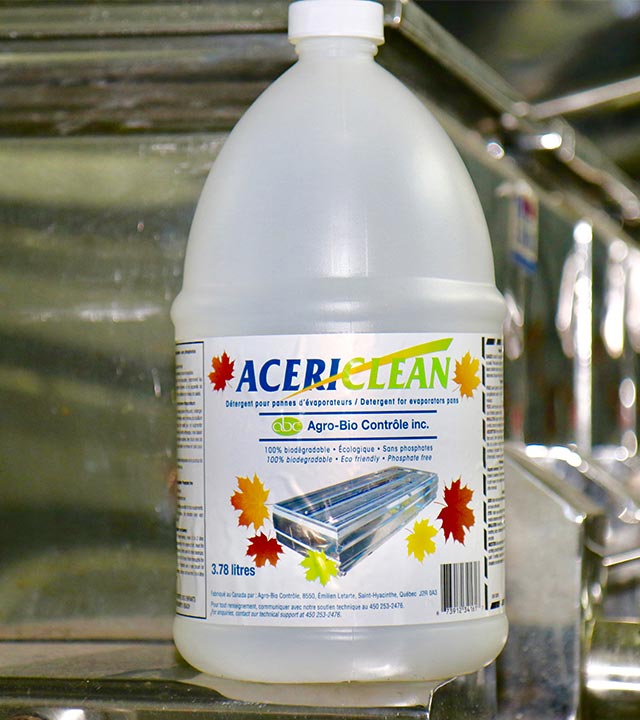
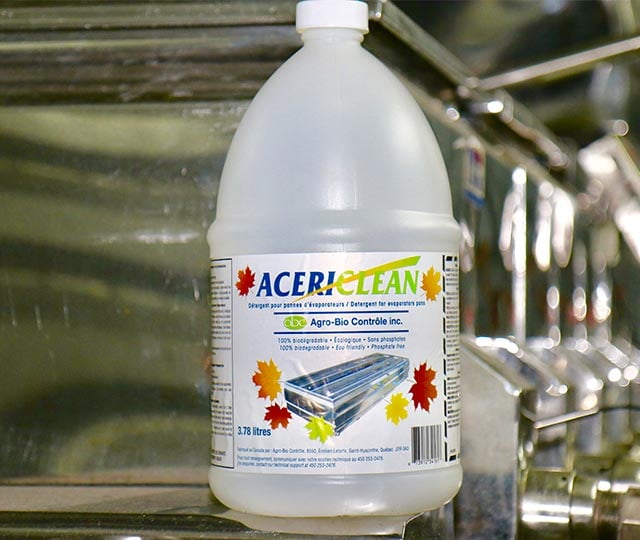
Need more advice before buying your equipment? Feel free to consult our technical team! Contact us by email or by phone at 1 800 361-0885.

